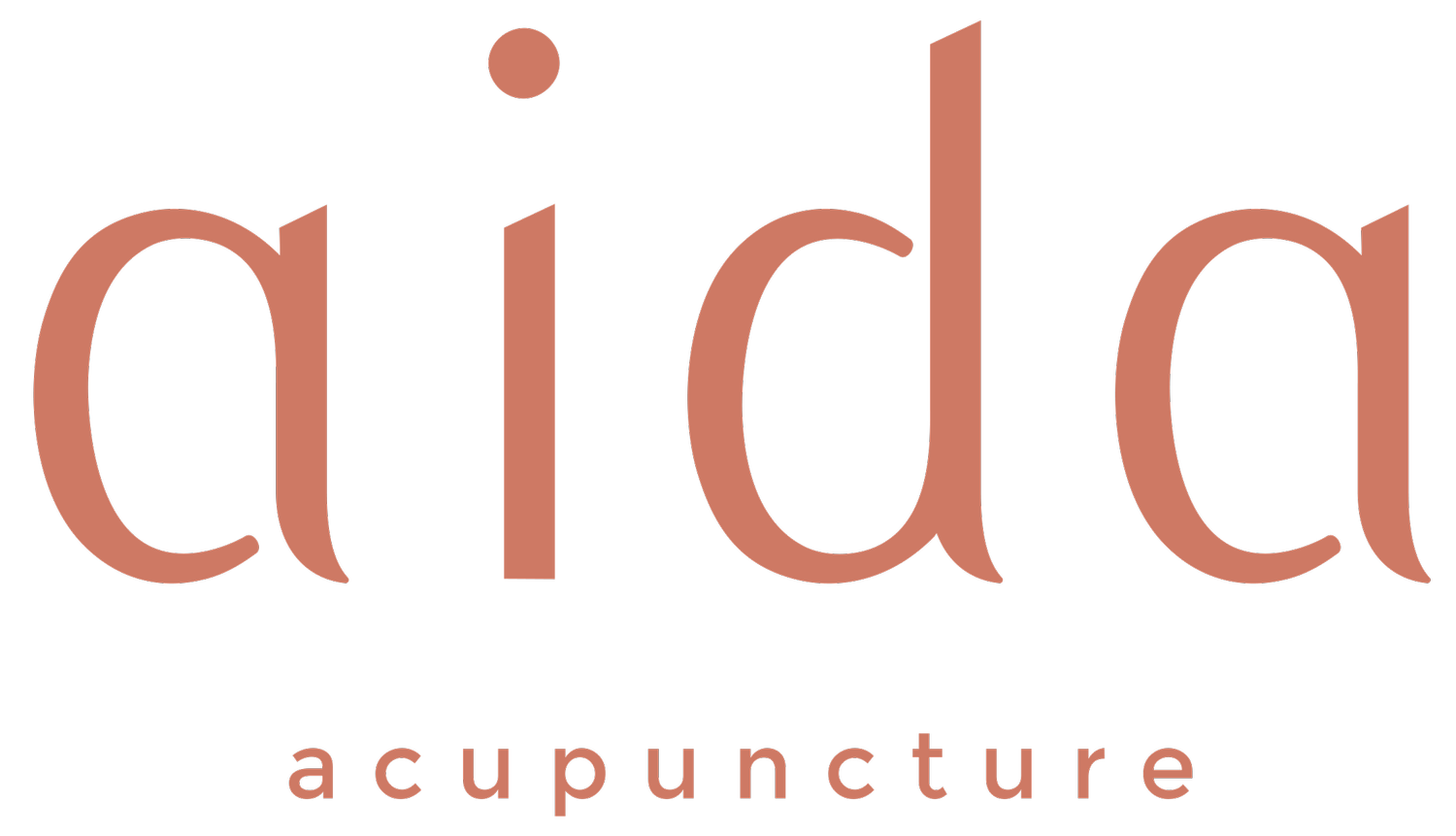LAST UPDATED: Apr 2024
What is Cupping:
Cupping involves applying suction to small areas of the skin through the application of rounded cups. A vacuum is produced in each cup either by flame (fire-cupping) or by mechanical suction (suction cupping). Cupping causes skin and tissue to lift up into the cup resulting in small red spots and bruising under the skin. Sometimes marking can be more extensive if the practitioner uses a moving or sliding technique.
All marks are a normal part of the therapeutic effect of treatment and will usually fade within five to ten days.
Possible side effects from cupping. The most common side effects include:
soreness and sensitivity at the cupping site
round marks of red spots and bruising under the skin that fade within five to ten days
darkening or reddening of the skin that should resolve within ten days but may last a little longer in some cases
fatigue
temporary dizziness or nausea
fainting (rare)
Adverse events resulting from cupping are rare but may include:
fluid filled blisters associated with excessively strong cupping
burns associated with negligent fire cupping
What to do if you experience an adverse reaction to cupping:
If you have any concerns following treatment you should contact your practitioner for further guidance. Your practitioner can deal with the majority of incidents and refer you on if necessary. It is important to make your practitioner aware of any responses you have to treatment; they can then adjust any future treatments and make sure that whatever you are experiencing is not out of the ordinary.
The majority of minor adverse events pass very quickly following treatment, usually within 24 to 48 hours.
Having spoken to your practitioner, if you still have concerns you should arrange to discuss your symptoms with your GP.
